Preventable diseases prevail in the city
Torghar, Tank still remain prime focus of health officials
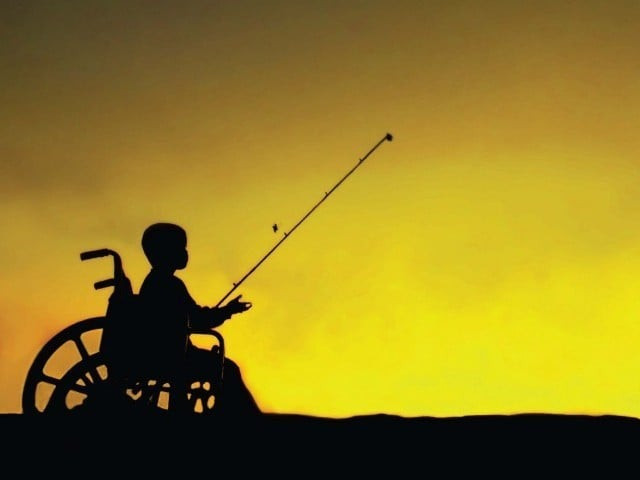
At least 207 of Acute Flaccid Paralysis cases were reported in Peshawar – 10 cases of polio. DESIGN: AMNA IQBAL
According to data available with The Express Tribune, 533 cases of acute flaccid paralysis (AFP), 2,012 cases of measles, 291 cases of Neonatal Tetanus (NNT), 43 cases of pertussis or whooping cough, 29 cases of diphtheria, 82 cases of tuberculosis and one case of pneumonia surfaced in the province this year. At least 16 cases of polio were reported from K-P till the filing of this report – AFP is one of the signs of polio.
A majority of cases of all seven diseases were reported from Peshawar district. At least 207 AFP cases were reported in Peshawar – 10 cases of polio. Meanwhile, 730 cases of measles, 230 NNT cases, 20 pertussis cases, 23 diphtheria cases and 74 tuberculosis cases surfaced from the district.
The district was followed by Bannu where 39 AFP cases, 547 measles cases and 47 NNT cases were recorded. On the other hand, 56 AFP cases emerged from Abbottabad in addition to 145 measles cases.
Sehat ka Insaf
Soon after the number of polio cases exceeded 300 in 2014, the Khyber-Pakhtunkhwa (K-P) and federal governments joined hands to combat the crippling virus. However, experts suggested efforts should be made to immunise children against eight other diseases as well.
The joint initiative was named Sehat ka Ittehad and aimed to counter 10 diseases –diphtheria, tetanus, whooping cough, polio, meningitis, hepatitis B, influenza and measles.
Four agencies of the Federally Administered Tribal Areas and 10 K-P districts were set to be covered as one block. These include five central and five southern districts, which touch the boundaries of Khyber, North and South Waziristan agencies. These 14 areas constitute about 248 of the overall polio cases reported last year. The venture began on January 23. As the year draws to a close, the health department claims to have successfully achieved their objectives. However, the number of VPD cases from Peshawar contradicts these claims.
Centre of focus
Twelve months on, Torghar and Tank districts still remain the prime focus of health officials dealing with VPDs.
Routine immunisation coverage for the pentavalent vaccine – which protects children against Hib (Haemophilus influenza type B), whooping cough, tetanus, hepatitis B and diphtheria – remained 40% in Tank and 20% in Torghar.
According to statistics available with The Express Tribune, coverage for pneumococcal—an infection that causes pneumonia, meningitis, and bloodstream infection—remained 40% in Tank and 23% in Torghar. The overall coverage for both doses of measles remained 46% and 22% in Tank, and 25% and 20% in Torghar.
Oral polio vaccine (OPV) for Tank and Torghar was reported to be 48% and 24%, respectively. The coverage for Bacillus Calmette-Guérin (BCG) vaccine was recorded as 48% in Tank and 27% in Torghar.
Polio eradication
Eliminating poliovirus from the country remained a top priority. Through the concerted efforts of the provincial and federal governments, the number of polio cases was brought down significantly as compared to 2014.
An official involved with the polio eradication campaigns said there was a paradigm shift in the policy against the virus. He added they focused on children who had either been missed or whose parents had refused to have them immunised instead of those who had already been vaccinated.
Akbar Khan, focal person at the emergency operation cell (EOC), said all stakeholders were involved in reducing the number of cases. He added the continuous community protected vaccination (CCPV) initiative showed positive results in which a large number of women were appointed to visit homes to inoculate children.
According to Akbar, extensive follow-up campaigns were carried out in some areas so children are inoculated against the virus. “The policy has completely changed and now the objective is to focus on children who have been missed instead of those who had already been inoculated,” he added.
Nevertheless, 6,243 refusals were reported from Peshawar district –which is the highest number reported across the province – followed by 2,039 from Bannu.
Published in The Express Tribune, December 30th, 2015.



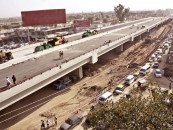
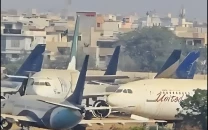
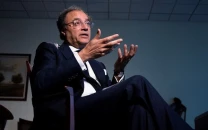
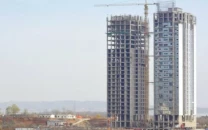



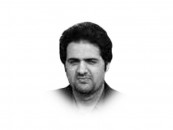

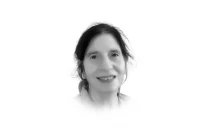
COMMENTS
Comments are moderated and generally will be posted if they are on-topic and not abusive.
For more information, please see our Comments FAQ